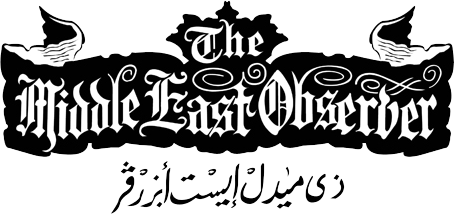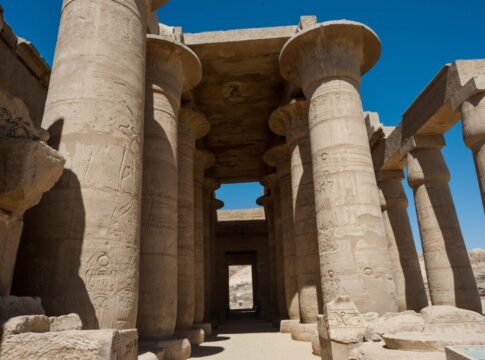An Egyptian-French archaeological mission has unearthed a treasure trove of historical insights at the Ramesseum Temple on Luxor’s western bank. This expedition, a collaboration between Egypt’s Supreme Council of Antiquities, the French National Centre for Scientific Research, and Sorbonne University, has provided a fresh perspective on the temple’s intricate past.
One of the standout discoveries is the “House of Life,” an ancient educational and research center. This remarkable find offers a rich tapestry of Egypt’s scholarly pursuits, featuring remnants of ancient drawings, educational tools, and even games. According to the Ministry of Tourism and Antiquities, this is the first physical evidence of a formal educational facility at the Ramesseum, reinforcing its status as a hub of knowledge in ancient times.
The mission uncovered storerooms for olive oil, honey, and animal fats, alongside textile and stone workshops, kitchens, and bakeries, painting a picture of a vibrant economic and administrative center. Numerous wine jar labels suggest that the site was also a significant hub for wine production and storage. As archaeologist Christian Leblanc notes, “These findings expand our understanding of the temple’s role in ancient industry and trade.”
In the temple’s northeastern sector, archaeologists discovered an array of well-preserved tombs from the Third Intermediate Period. These include burial chambers, canopic jars, and 401 ushabti figurines carved from ceramic, offering a glimpse into the funerary practices of the time. The tombs, replete with nested coffins and scattered bones, provide critical insights into the religious and social customs of ancient Egypt.
The Ramesseum, renowned as the “Temple of Millions of Years,” was more than a place of worship. Recent studies confirm that it also served as a center for administrative and economic activities, supporting local communities, including the famed artisans of Deir el-Medina. The site’s history predates Ramses II, later transforming into a necropolis and quarry during the Ptolemaic and Roman periods.
The mission has achieved significant restoration milestones, reassembling and restoring the colossal statues of Ramses II and his mother, Tuya. In the processional paths, statues of Anubis have been recovered, showcasing the temple’s grandeur. The restoration of the royal palace adjacent to the temple has revived the original layout, including a reception hall and throne room used by the king.
Minister of Tourism and Antiquities, Sherif Fathi, highlighted the mission’s pivotal role in enhancing our understanding of the Ramesseum’s historical significance. “These discoveries shed light on the temple’s immense religious and societal role in ancient Egypt,” he stated. Mohamed Ismail, Secretary-General of the Supreme Council of Antiquities, emphasized the newfound understanding of the temple’s complex history, saying, “This site continues to reveal layers of Egypt’s fascinating past.”
The Ramesseum’s recent discoveries not only provide an enriching narrative of its multifaceted role in ancient times but also set the stage for future explorations, promising more secrets waiting to be uncovered beneath Luxor’s sands.


